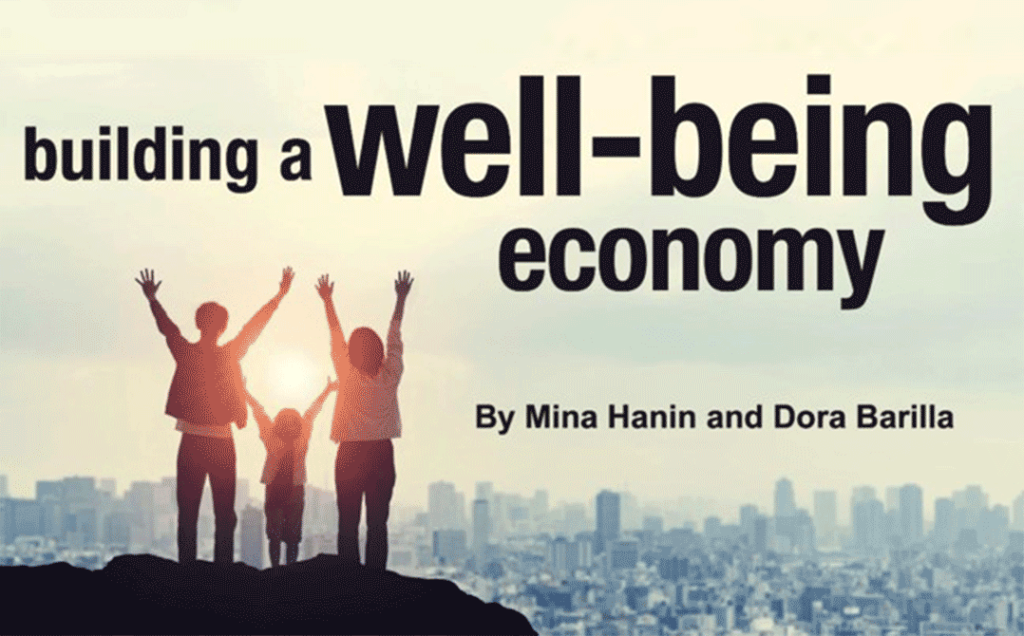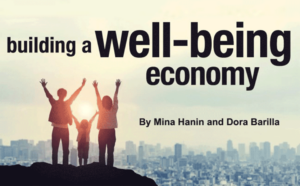
By Mina Hanin and Dora Barilla
Randall Lewis Health & Education Collaborative
March 16, 2023
Like many communities, Southern California’s Inland Empire has an economy built on the model of urgent services, which only address immediate adversity and do not necessarily contribute to long-term well-being.
By prioritizing, and investing in, vital conditions such as education, housing, meaningful work and wealth, and clean air and water, regions such as the IE will see significant improvements in health outcomes, environmental sustainability, and social and economic equity. This well-being economy succeeds where traditional models fail, by valuing the vital conditions that actually produce the experience of thriving. The task before us is to rebalance the primary focus of our economy from merely enduring and alleviating adversity to expanding well-being.
This shift has already started. In late November, the federal government made a landmark announcement: Dozens of departments, agencies, and institutes (now 44) published a whole-of-government plan to enhance well-being and justice across the United States — The Federal Plan for Equitable Long-Term Recovery and Resilience (ELTRR) — by strengthening the vital conditions. Locally, the Inland Empire Health Plan sponsored a committee representing 25 organizations in creating a Community Health Assessment (CHA) that features the vital conditions.
The vital conditions framework focuses attention on a small but comprehensive set of conditions that affect our capacity to reach our full potential for health and well-being. It succinctly summarizes the properties of places and institutions that shape everyone’s potential to thrive. It is accessible and encompasses an array of opportunities, obstacles, exposures, and choices that we each encounter from birth to death and across generations.
Such broad agreement and impressive clarity would not have been possible without a unifying conceptual framework and shared language. The Equitable Long-Term Recovery and Resilience planners initially considered other organizing frameworks and ultimately embraced the vital conditions. The Inland Empire CHA stakeholders also saw the value of vital conditions in their work here.
In order to prioritize vital conditions, significant changes in investments and policies are needed. For example, increasing funding for community health clinics and expanding robust health care coverage can improve access to support services. Advancing affordable housing development and investing in job training programs can promote economic opportunities for all members of the community. Coordinating our investments for vital conditions can make the best use of our collective resources.
By prioritizing the well-being of our community, we can create a more just and vibrant future. By deviating from the current urgent services economy model and investing in vital conditions, we can ensure that all members of our community have access to the resources they need to thrive. Ultimately, a well-being economy is crucial for promoting justice, equity, and life in the Inland Empire and beyond.
Mina Hanin is a second-year gratduate student at Harvard Kenny School.
Dra Barilla is President and Founder of HC2 Strategies and a leading national voice on ccommunity-based healthcare.
About Randall Lewis
Randall Lewis is a visionary, innovator and philanthropist whose business success and commitment to a healthier, well-educated region have made him one of the most respected community builders in the U.S. His generous support of health and education initiatives is designed to encourage additional investment, creating a multiplier effect that transforms lives, communities and entire regions.






